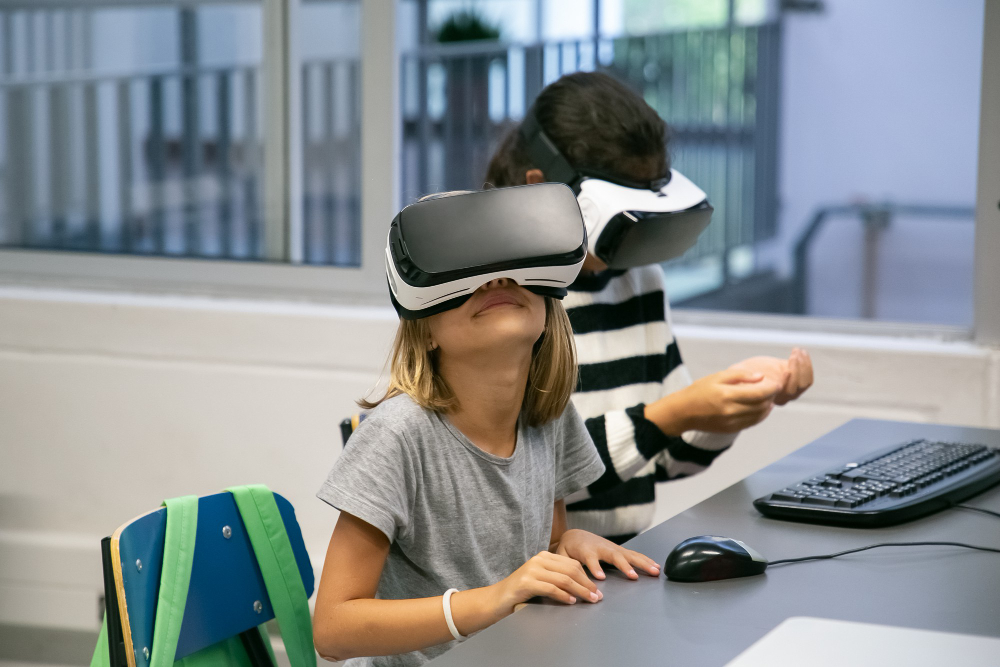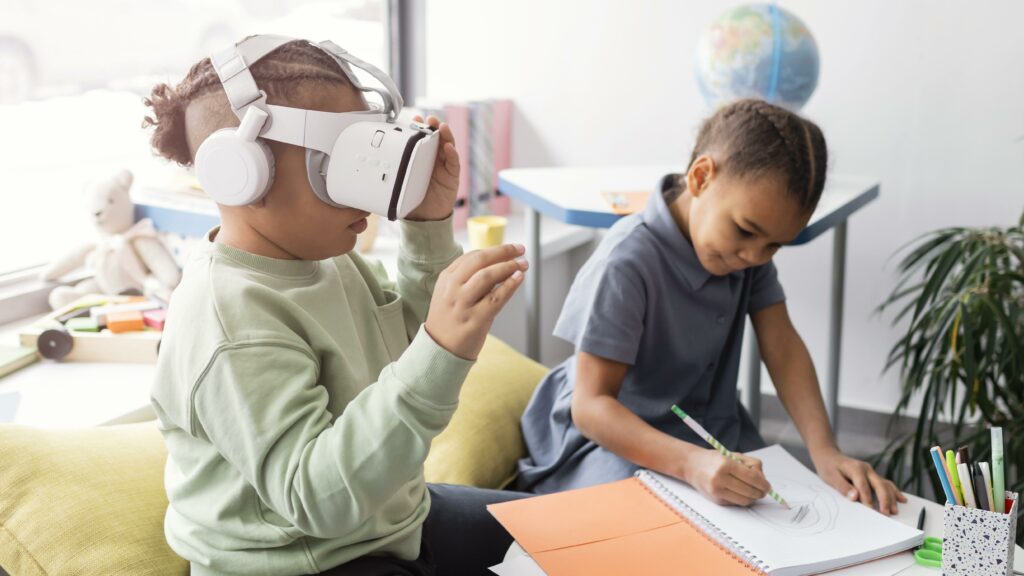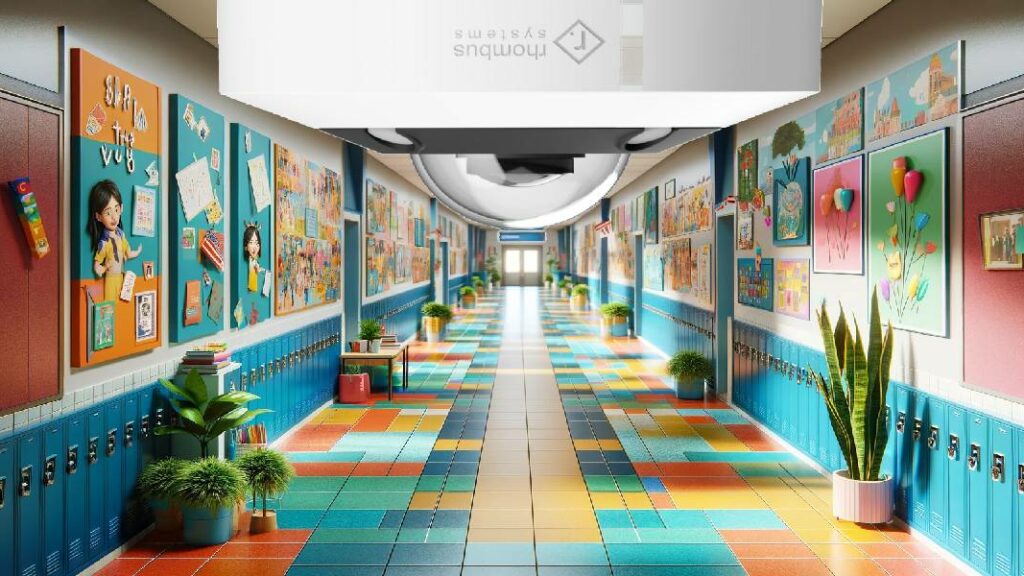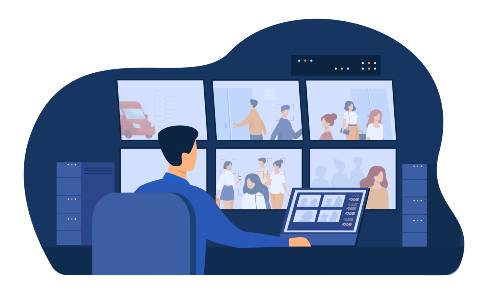Virtual Reality (VR) and Augmented Reality (AR) have captured the imagination of educators and technologists alike, promising to revolutionize the learning experience. From exploring ancient Rome in VR to dissecting a virtual frog in AR, these technologies boast immersive learning opportunities that transcend traditional textbooks and classrooms. But before we strap on our headsets and dive in, let’s take a critical look at the potential of VR/AR in education, acknowledging both the hype and the hope.
The Hype:
Immersive engagement: VR/AR promises to transport students to different worlds and times, sparking curiosity and boosting engagement. Imagine walking alongside dinosaurs or exploring the inner workings of a human cell – experiences that traditional lessons struggle to replicate.
Personalized learning: The technology can tailor experiences to individual needs and learning styles, offering students a more personalized journey. VR simulations can adjust difficulty levels based on performance, while AR overlays can provide targeted information specific to each learner.
Boosting accessibility: VR/AR has the potential to break down barriers for students with disabilities. Virtual experiences can provide safe and accessible environments for practising social skills or overcoming physical limitations.

The Critical Lens:
Cost and access: High-quality VR/AR hardware remains expensive, creating an equity gap between schools and students who have access to these tools and those who don’t. Until costs become more affordable, the technology risks exacerbating existing educational inequalities.
Content and pedagogy: Engaging VR/AR experiences requires careful design and integration with sound pedagogical practices. Merely throwing students into virtual worlds won’t guarantee learning outcomes. Effective VR/AR lessons must be well-structured, aligned with learning objectives, and supported by qualified educators.
Potential downsides: Overuse of VR/AR can lead to social isolation and dependence on technology for learning. The potential impact on students’ mental and physical health needs careful consideration and responsible implementation.

Looking Forward:
The potential of VR/AR in education is undeniable, but it’s crucial to approach it with a critical eye. We need to focus on developing high-quality, accessible content, ensuring equitable access across diverse communities, and prioritizing sound pedagogical practices to maximize the technology’s benefits while mitigating potential risks. By striking a balance between hype and hope, we can harness the power of VR/AR to create truly transformative learning experiences for all students.
Beyond the Hype:
The PwC report paints a positive picture of VR/AR’s economic impact but acknowledges the need for infrastructure development and skills training to support its widespread adoption.
GoStudent’s VR initiative highlights the potential for personalized and engaging learning experiences, but questions regarding cost and accessibility remain unaddressed.
Key Takeaways:
VR/AR offers exciting possibilities for enhancing learning, but these technologies are not a silver bullet.
Careful consideration of costs, content, pedagogy, and potential downsides is crucial.
Responsible implementation and focus on equity are essential to ensure VR/AR benefits all learners.


